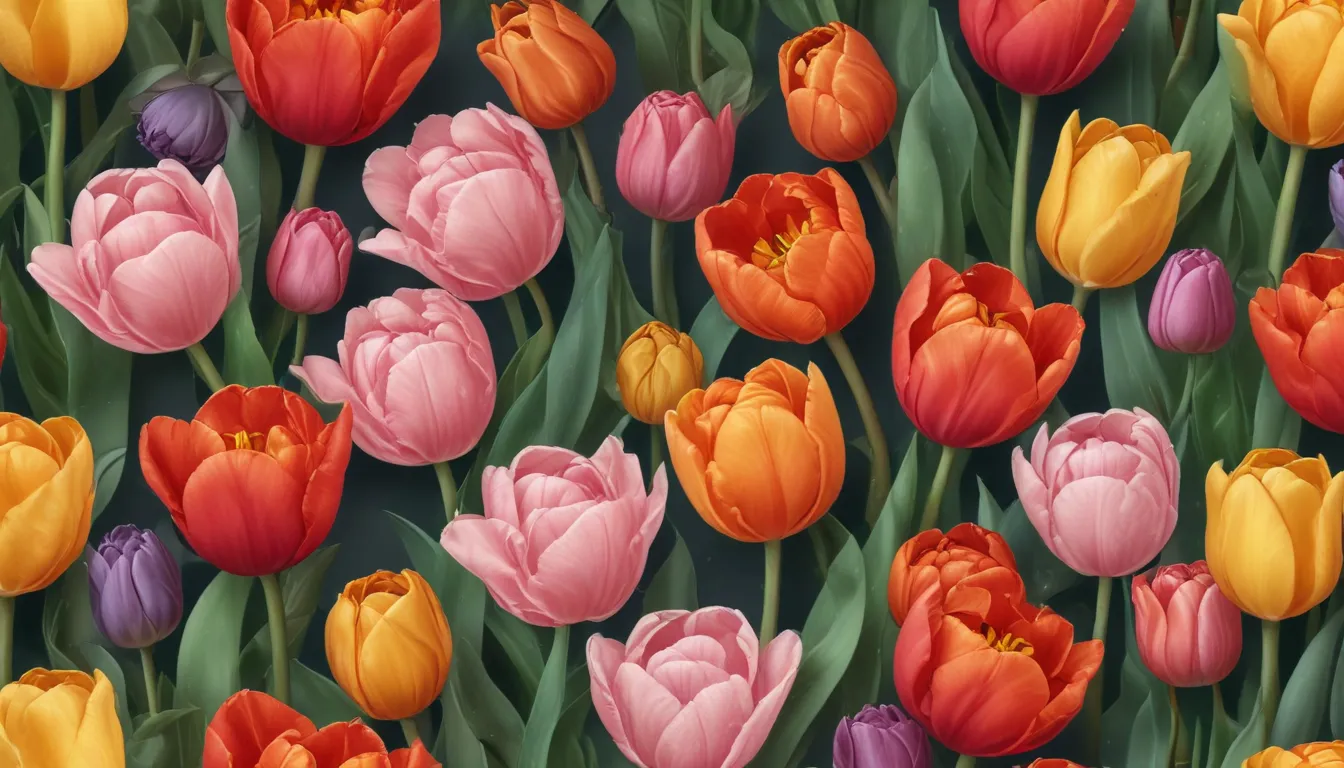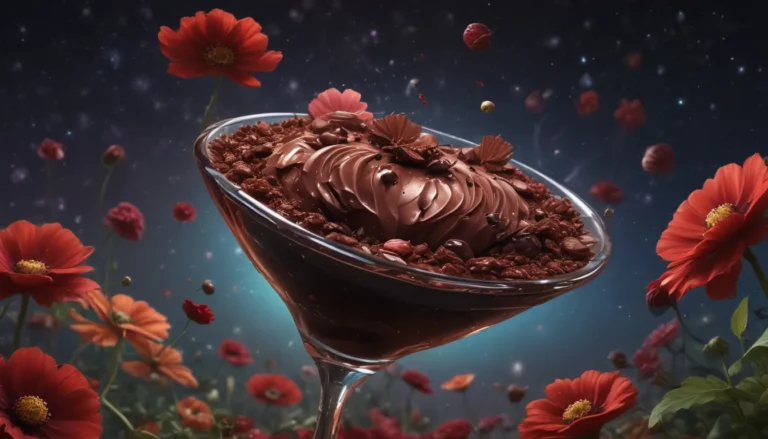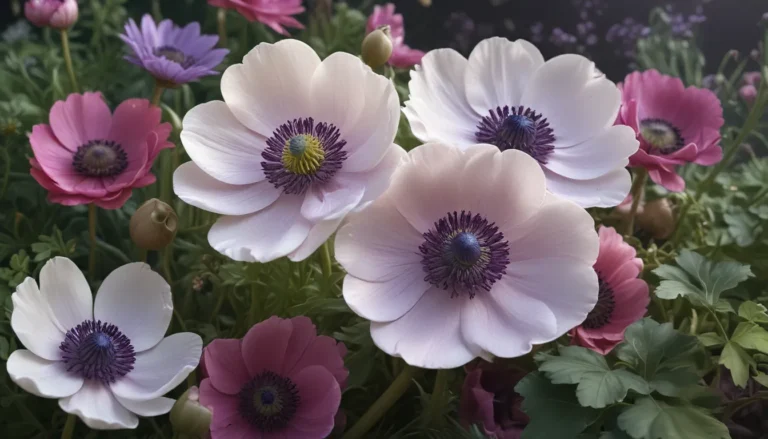The pictures we use in our articles might not show exactly what the words say. We choose these pictures to make you interested in reading more. The pictures work together with the words but don’t take their place. The words still tell you the important facts.
Tulips, with their vibrant colors and elegant shapes, have mesmerized people for centuries, becoming one of the most beloved and iconic flowers in the world. From their origins in the Ottoman Empire to their role in the Dutch Golden Age, tulips boast a rich and storied past. In this article, we will explore 21 fascinating facts about tulips, shedding light on their history, symbolism, and cultural significance. Whether you are a gardening enthusiast, a history buff, or simply someone who appreciates the beauty of flowers, join us on a journey through the enchanting world of tulips.
Tulip Tales: Unraveling the Fascination
- Tulips Originated in Central Asia: These beautiful blooms were first cultivated in the Ottoman Empire, with the name "tulip" deriving from the Persian word for turban, due to the flower's resemblance to the headwear.
- Tulips Come in a Diverse Range of Colors: From deep reds and purples to soft pinks and pristine whites, tulips display an impressive spectrum of hues, making them a delightful addition to any garden or floral arrangement.
- The Dutch Tulip Mania: During the 17th century, tulip bulbs became so highly sought after in the Netherlands that they were used as a form of currency, leading to a speculative frenzy known as "tulip mania."
- The World's Largest Tulip Festival: The Skagit Valley Tulip Festival in Washington State, USA, showcases over 300 acres of vibrant tulip fields, attracting visitors from around the globe.
- Tulips Can Continue to Grow After Being Cut: Unlike many other flowers, tulips have the remarkable ability to continue growing once they have been cut, elongating up to an inch or more in a vase.
Delving Deeper into Tulip Lore
- Tulips Are Edible: Tulip petals are not only visually appealing but also edible, adding a unique touch to salads, desserts, and other culinary creations.
- Tulips Symbolize Perfect Love: In the language of flowers, red tulips are associated with true love, making them a popular choice for romantic gestures and declarations of affection.
- The Black Tulip Legend: The elusive black tulip, often associated with mystery and allure, has been the subject of numerous myths and legends throughout history.
- Tulips Have Different Varieties: With over 3,000 registered varieties, tulips offer a vast array of shapes, sizes, and petal formations, catering to diverse aesthetic preferences.
- Tulips Are Perennial Plants: Tulips are perennial flowering plants, meaning they can bloom year after year, bringing joy and color to gardens and landscapes.
The Everlasting Charm of Tulips
- The Tulip's Journey to Europe: Tulips were introduced to Europe in the 16th century, quickly becoming a symbol of wealth and luxury among the continent's elite.
- Tulip Bulbs Can Be Substituted for Onions: During World War II, in the face of food shortages, the Dutch consumed tulip bulbs as a substitute for onions, highlighting the versatility of these plants.
- The Turkish Tulip Festival: In Turkey, the annual Istanbul Tulip Festival showcases millions of tulips across the city, celebrating the flower's cultural significance and beauty.
- The National Flower of Iran and Afghanistan: Tulips hold a special place in the hearts of many, as they are revered as the national flower of both Iran and Afghanistan.
- Tulips Are Associated with Spring: As one of the first flowers to bloom in the spring, tulips symbolize renewal, hope, and the arrival of warmer weather after the winter months.
Blooming with Beauty and Elegance
- The Symbolism of Yellow Tulips: Yellow tulips are often linked to cheerful thoughts and sunshine, conveying feelings of happiness and friendship.
- The Dutch Tulip Trade: The Netherlands remains a major hub for tulip cultivation and export, playing a pivotal role in the global tulip trade.
- Tulips Are Members of the Lily Family: Belonging to the Liliaceae family, tulips share botanical ties with lilies, onions, and garlic, showcasing their diverse botanical connections.
- The Art of Tulip Arranging: Tulips are a favorite among florists and enthusiasts for creating stunning floral arrangements due to their versatility and striking appearance.
- Tulips Are Sensitive to Ethylene Gas: To prolong the lifespan of cut tulips, it is essential to keep them away from fruits and other produce that emit ethylene gas, which can cause the flowers to deteriorate prematurely.
Capturing the Essence of Tulip Magic
In conclusion, tulips stand as a testament to the captivating beauty of nature, offering a rich tapestry of history, symbolism, and horticultural fascination. Whether adorning gardens, serving as culinary embellishments, or conveying heartfelt emotions, these remarkable flowers continue to hold a cherished place in the hearts of people worldwide.
FAQs
- Are tulips easy to grow? Tulips are relatively easy to grow, requiring well-drained soil, adequate sunlight, and proper watering. With the right care, they can thrive in various climates and soil conditions.
- When is the best time to plant tulip bulbs? The best time to plant tulip bulbs is in the fall, before the ground freezes. This allows the bulbs to establish roots before the winter and bloom beautifully in the spring.
With their captivating beauty and fascinating history, tulips are a beloved spring flower that continues to intrigue and inspire. Whether you are a tulip enthusiast or simply appreciate their elegance, the allure of tulips is timeless and enduring. Explore more about these enchanting blooms and uncover their secrets to further enrich your admiration for these delightful flowers.






